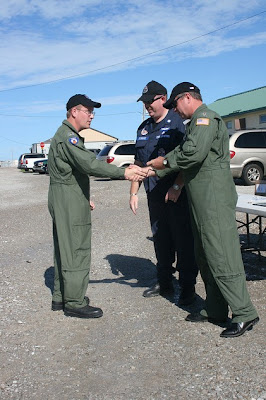
These are the show notes to an audio episode. You can listen to the show audio by clicking here: http://traffic.libsyn.com/airspeed/AirspeedNESAEssay01.mp3. Better yet, subscribe to Airspeed through iTunes or your other favorite podcatcher. It’s all free!
This is the first of a three-episode series covering my experience at Civil Air Patrol’s National Emergency Services Academy Mission Aircrew School (NESA-MAS) in Indiana in the summer of 2010.
I intend to make available the entire 30,000-word piece in a single file and PDF document with photos at about the time at which I release the third episode. I might also put the long-form file into the podcast feed on its own.
In the meantime, enjoy this in-depth look at the nation’s premier civilian fixed-wing search-and-rescue flight training school from the perspective of a zero-to-hero CAP Mission Pilot candidate.




